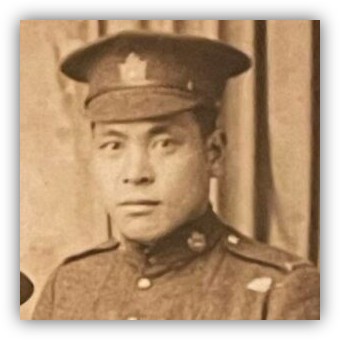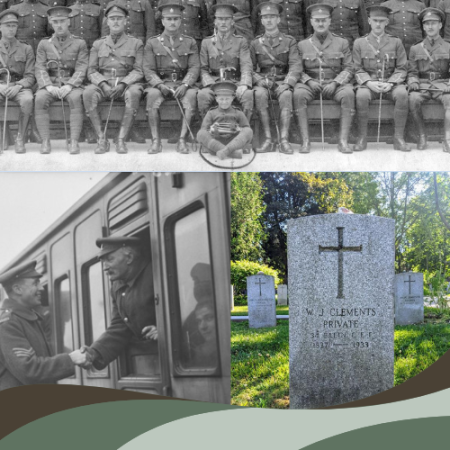On April 9, 1917, a battle began that would become part of Canada’s national narrative. On that day all four divisions of Canadian Expeditionary Force (CEF) began their assault on the heavily fortified Vimy Ridge. The units had been preparing for months. The artillery was carefully sighted, and a detailed barrage plan was laid out. “Byng’s Boys”, named after the consummate professional British officer, Commander of the CEF, Lieutenant General Julien Byng, had been thoroughly drilled on every objective they were to take. Byng had been meticulous in his planning. His victory during the four days of the Battle of Vimy Ridge was to lead him to become the 1st Viscount of Vimy and later Governor General of Canada.
As with many battles there is a tendency to get caught up in the large-scale view of the event: which battalion attacked where and when and against who. This focus strips the common man from the equation. We overlook those who bled and suffered. It is important to remember the common men who were part of that moment in history.
John Gordon Wardlow Gibson was serving with 46th Battalion (South Saskatchewan) during Vimy Ridge. The 46th was part of the 10th Infantry Brigade, 4th Division. They had fought at the bloody battles of the Somme, and Ancre, and the 46th had begun to develop an ominous nickname: The Suicide Battalion. With combat came attrition. Men were wounded, missing or killed and the unit had to be kept at a fighting strength. Freshly raised and trained units arriving from Canada were used to help fill these vacancies. Arriving in January 1917, the 196th (Western University) Battalion was to follow this pattern. Uniquely, this unit drew its men from the student bodies of the Universities of Manitoba, British Columbia, Alberta, and Saskatchewan, meaning its ranks were filled with troops of unusually high qualifications. Over 200 of the 1000 students on the nominal roll were recommended for commission. As part of the redistribution of manpower, Private JGW Gibson 911966 was assigned to the 46th on February 17, 1917.
The 196th began recruiting in the winter of 1915. At the time, Gordon, as he was known, had completed high school, working as a clerk at Wood-Vallance Hardware Store and living in British Columbia with his widowed mother. His father, prominent dentist Dr. Thomas G Gibson, had died of tuberculosis in 1908. Gordon was the middle child with an older sister and a younger brother. He was artistic, athletic and well-regarded. He had a girlfriend named Dell Matthews. His letters home demonstrated his education and literacy.
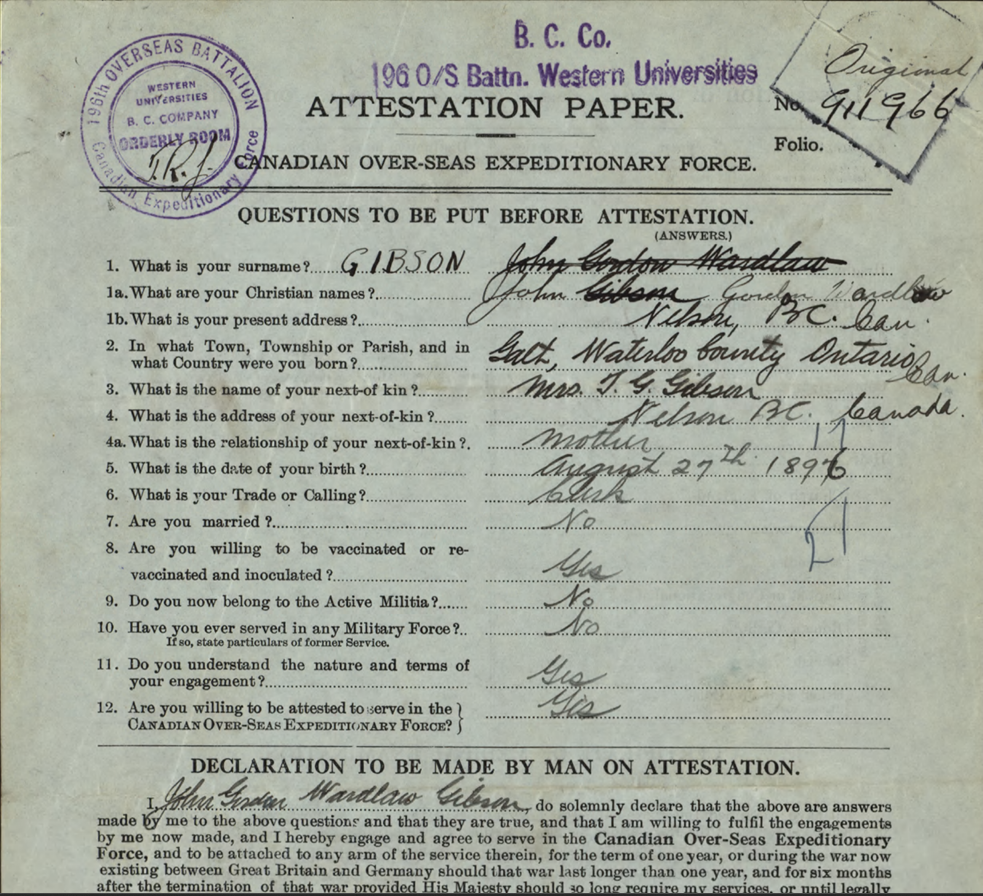
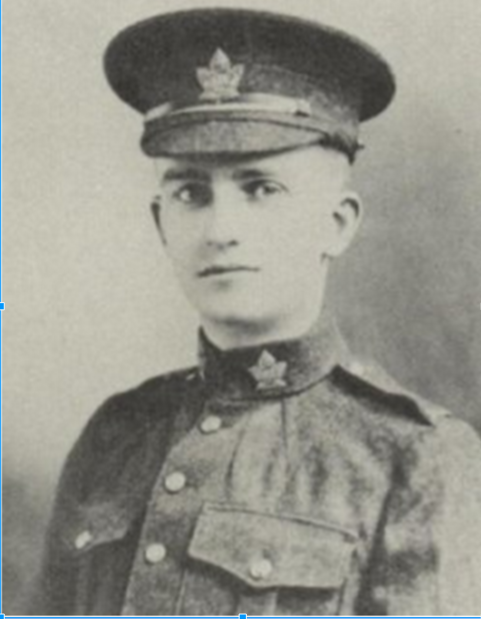
We catch sight of who Gordon was through these letters, but also from his official military record. His Attestation form (enlistment papers) point to the nervous excitement he may have felt in setting off on a great adventure: Gordon made a very common mistake. He mixed up the order of his names when he joined the CEF and was forced to scratch them out to get them in the correct order: Last name first, first name last.
The initial assault on the Ridge began on April 9th with the 42nd advancing on the heavily fortified highpoint, Hill 145. On the following day, Gordon’s battalion was heavily engaged in the fighting around this strongpoint.
At some point during that advance, Gordon was reported Killed In Action (KIA). He simply moved forward and disappeared. He joined the 46th on February 17, 1917, and was reported dead on April 10, 1917. He had spent less than 60 days at the front. His body was never found. He and 11,284 of his comrades have their names inscribed on the Vimy Ridge Memorial. In total over 20,000 of the 66,000 Canadians killed in the Great War have no known grave.
It is unfortunate that this is not the end of a family tragedy. On October 26, 1918, his sister Irene died from influenza, and by 1919, his girlfriend, Dell, had succumbed as well. The tragedy of the Great War killed 60,000 Canadians. The Influenza Pandemic of 1918 killed 50,000 Canadians, mostly young people in their prime. In 1914, Alison Gibson nee Cant was the widowed mother of two sons and a daughter; by 1919 only her youngest son survived. She passed away in 1934 and was buried under a tombstone that bears an inscription for her two lost children. Thomas would live on to raise a family,and the memory of his brother Gordon lived on through them.

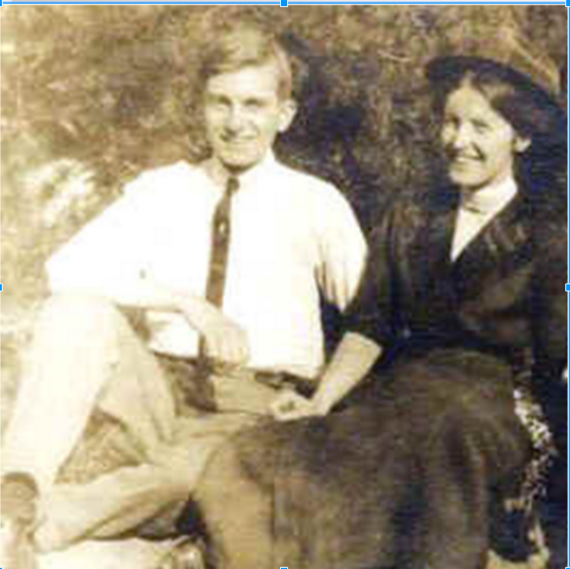
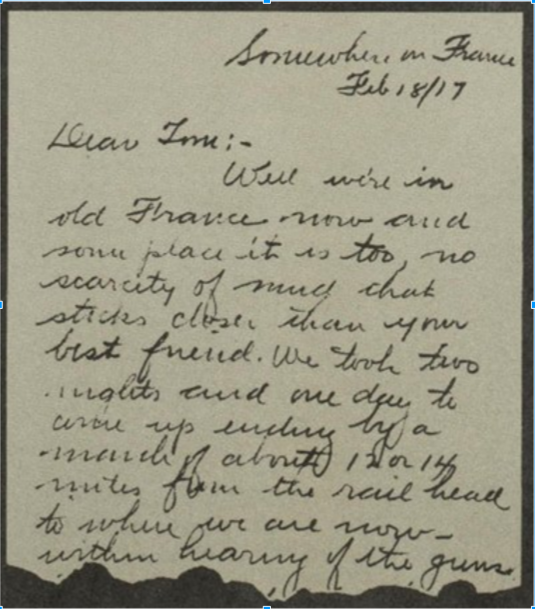

We all wish this was an isolated example, but the war years extracted a heavy burden on Canada. We need to remember people like Gordon, Dell and Irene, not because their deeds in and of themselves are noteworthy, but because their stories are emblematic of our stories.
It is too easy to forget the personal tragedies that go along with great victories. Our narrative tells us that Canada was born that day on Vimy Ridge. What it does not tell us is the personal cost of this historic moment.
Guest written by Kris Tozer for Honouring Bravery
Notes:
The images and primary sources on Pvt. Gibson have been graciously supplied by his surviving family.
Gordon’s service file is digitally available through “Personnel records of the First World War.” Library and Archives Canada, 5 May 2025, https://library-archives.canada.ca/eng/collection/research-help/military-heritage/first-world-war/Pages/fww-personnel.aspx. Accessed 27 May 2025.



